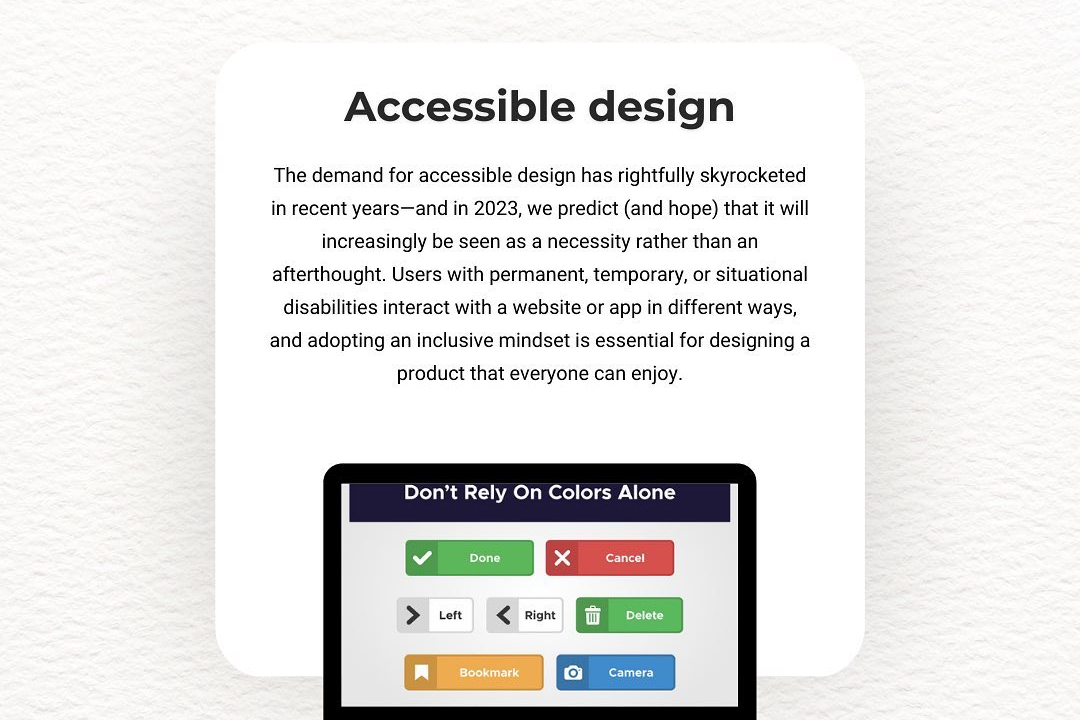Flutter mobile development challenges
Overcoming Challenges in Flutter Mobile Development
Flutter mobile development challenges
Flutter mobile development presents several challenges despite its growing popularity for creating cross-platform applications. Developers often face difficulties with managing state in complex applications, as Flutter's reactive framework can lead to cumbersome state management when not properly architected. Additionally, while Flutter boasts a rich set of widgets and a vibrant community, third-party library support can be limited compared to more established frameworks like native development or React Native. Performance optimization is another concern, particularly in resource-constrained environments, where developers must ensure smooth animations and quick load times. Furthermore, achieving a native look and feel across different platforms can be challenging due to inconsistencies in user interface design guidelines. Lastly, the relatively young ecosystem means that developers may encounter bugs or lack comprehensive documentation, necessitating additional time for troubleshooting and finding solutions.
To Download Our Brochure: https://www.justacademy.co/download-brochure-for-free
Message us for more information: +91 9987184296
1 - Learning Curve: Flutter uses Dart as its programming language, which might be unfamiliar to many developers coming from other languages. This initial hurdle can slow down the onboarding process.
2) Limited Libraries and Packages: While Flutter has a growing ecosystem, some native libraries are not available or are not as mature as those in other frameworks, making it challenging to implement certain features.
3) Performance Optimization: Understanding how to optimize Flutter apps for performance, including effective use of widgets and managing state, can be challenging for beginners.
4) Complex State Management: Managing application states can become complicated as applications grow. Choosing the right state management solution, like Provider, BLoC, or Redux, can be daunting.
5) Integration with Native Code: For applications requiring native functionality (like accessing device sensors), developers must learn how to interface Dart with platform specific code.
6) UI/UX Consistency Across Platforms: Ensuring a consistent user experience across iOS and Android can be challenging due to inherent platform differences in look and feel.
7) Hot Reload Limitations: While Flutter supports hot reload for faster development, there are limitations, such as not reflecting certain changes (e.g., changes in widget structure), which can disrupt the development flow.
8) Dependency Management: Managing dependencies efficiently, especially in larger projects, can lead to version conflicts or issues with outdated packages.
9) Testing and Debugging: Setting up testing environments and debugging Flutter applications can be tricky, as developers need to adopt new tools and methodologies.
10) Flutter’s Young Ecosystem: Since Flutter is relatively new compared to frameworks like React Native or native app development, resources, community support, and experienced developers are still growing.
11) Handling Different Screen Sizes: Designing responsive UIs that adapt to various screen sizes (e.g., tablets vs. phones) can be a complex task requiring careful layout management.
12) Lack of Comprehensive Documentation: Although Flutter has its documentation, some areas are not fully covered, leading to reliance on community forums and examples, which may vary in quality.
13) Dart Language Features: Developers may struggle with advanced features of Dart such as async programming, mixins, or extensions, which can hinder effective Flutter development.
14) Build and Deployment Processes: Navigating the build and deployment processes for both Android and iOS can be confusing, especially with the different requirements of app stores.
15) Version Updates and Migration: Flutter and its packages frequently update, which can create challenges in maintaining code and migrating to newer versions without breaking functionality.
16) Custom Widgets Creation: While Flutter provides a rich set of widgets, creating highly customized widgets can be complex, requiring deeper knowledge of Flutter’s rendering process.
17) Inter App Communication: Implementing inter app communication features (such as sharing data with other apps) may require additional effort and understanding of platform specific guidelines.
18) Adoption of New Patterns: As Flutter evolves, developers need to learn and adapt to new design patterns and changes, which can lead to a continuous learning requirement.
By addressing these challenges in your training program, students will be better equipped to handle real world Flutter development, enhancing their skills and employability.
Browse our course links : https://www.justacademy.co/all-courses
To Join our FREE DEMO Session: Click Here
Contact Us for more info:
Custom ROM Development For Android
Eclipse
Web design and development Calgary
Mobile App Deployment Strategies
java training institute in ranchi











